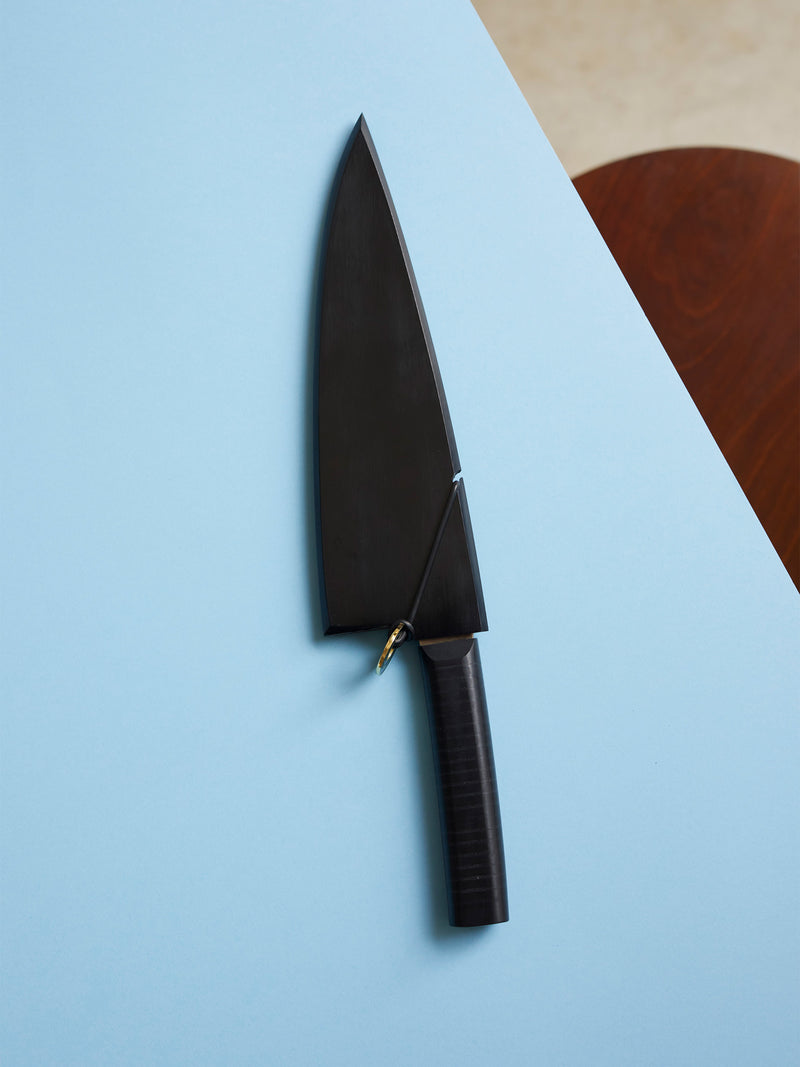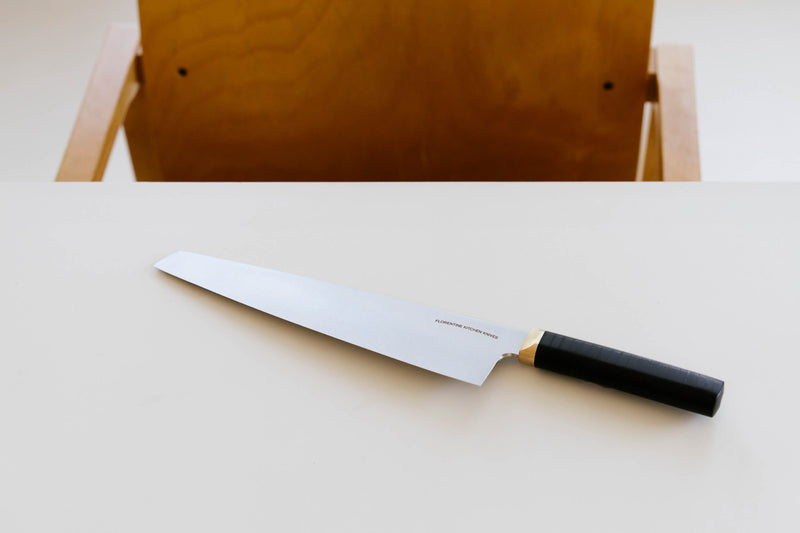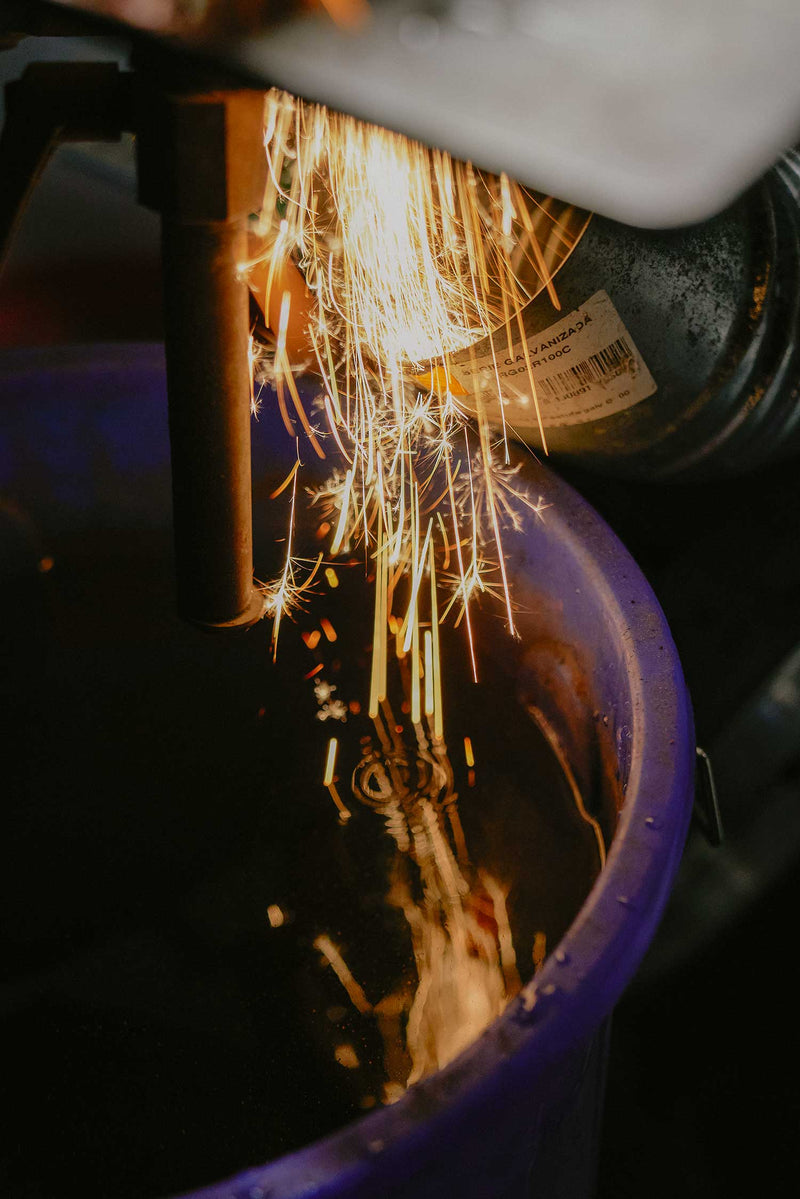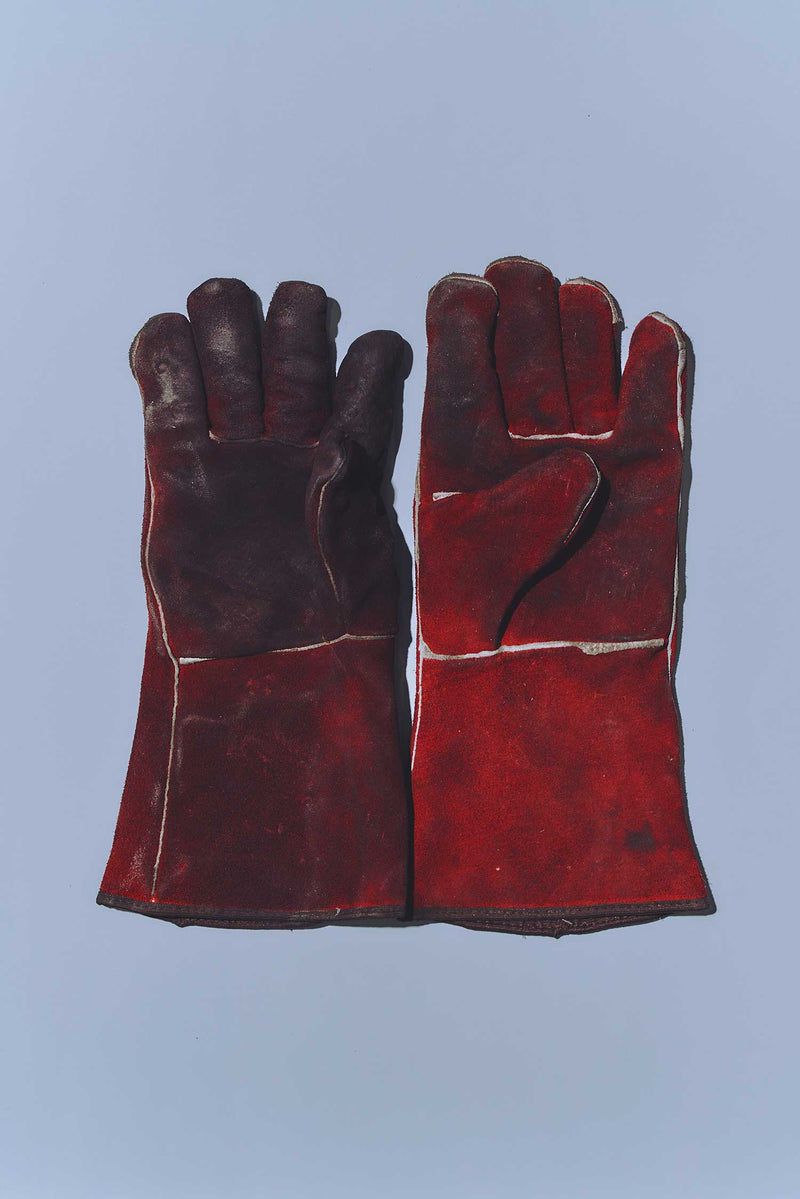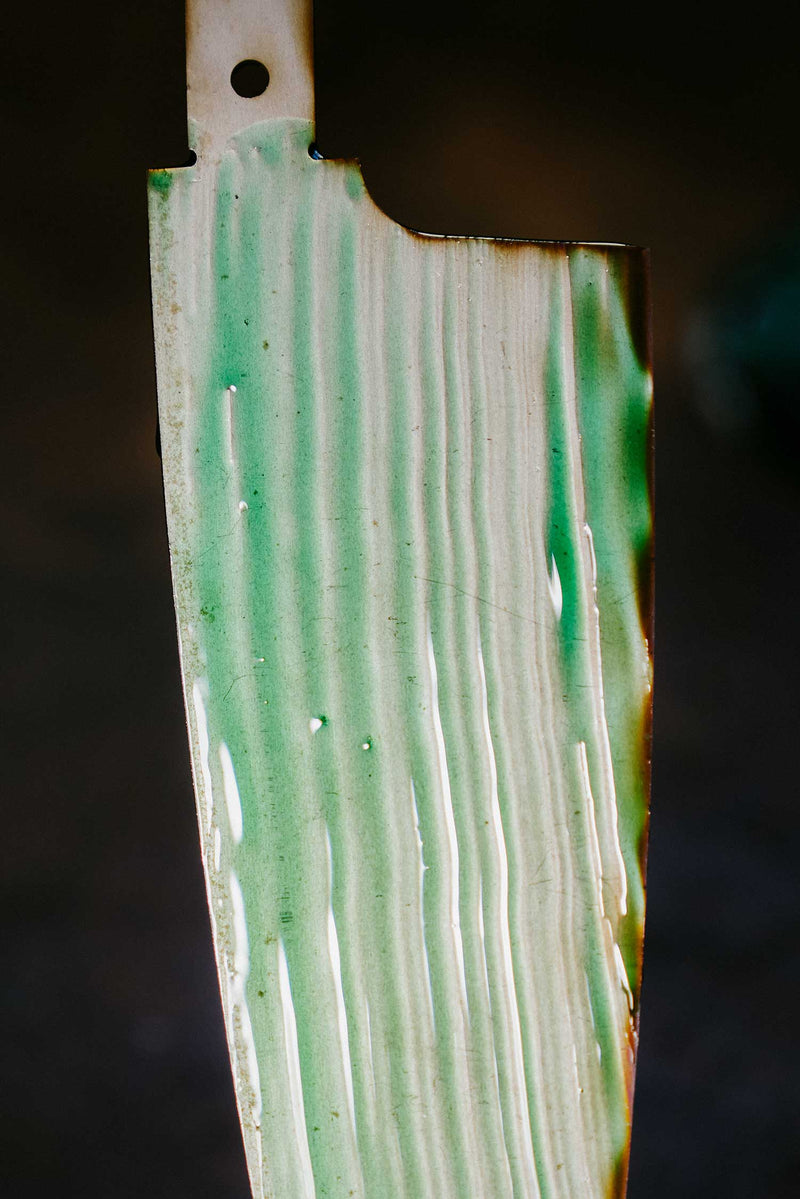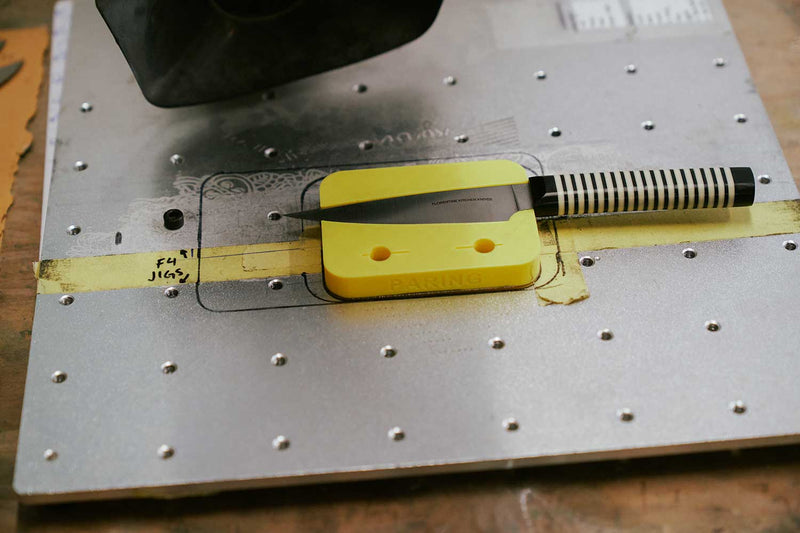Our readily available knives - the Florentine core collection, special editions and one-off creations and collaborations.
Glossary
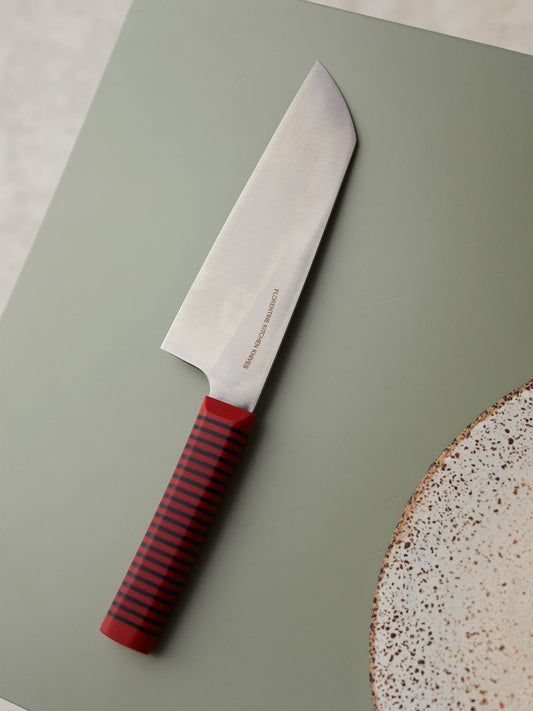
A knife specifically designed for chopping herbs and vegetables. Its wide, robust blade provides efficient cutting, allowing for swift, precise chopping and dicing of fresh produce. This versatile tool is a favourite among chefs and home cooks alike for its ease of use and consistent performance, as well as the ability to scoop up the cut produce with ease.
Chopper
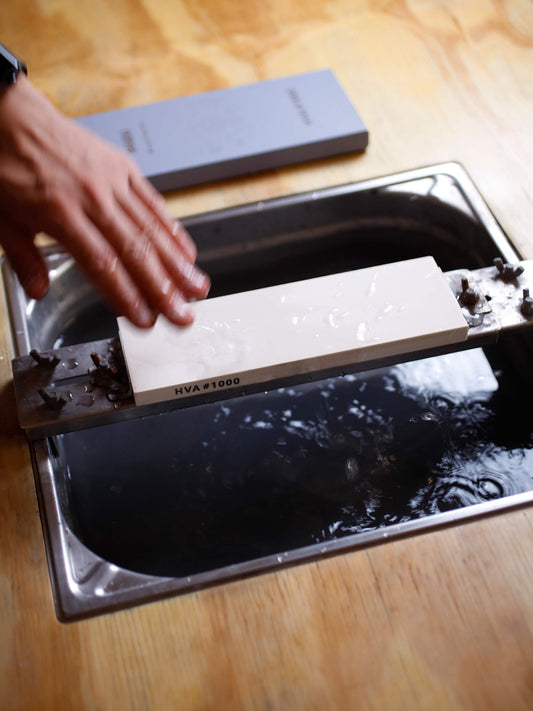
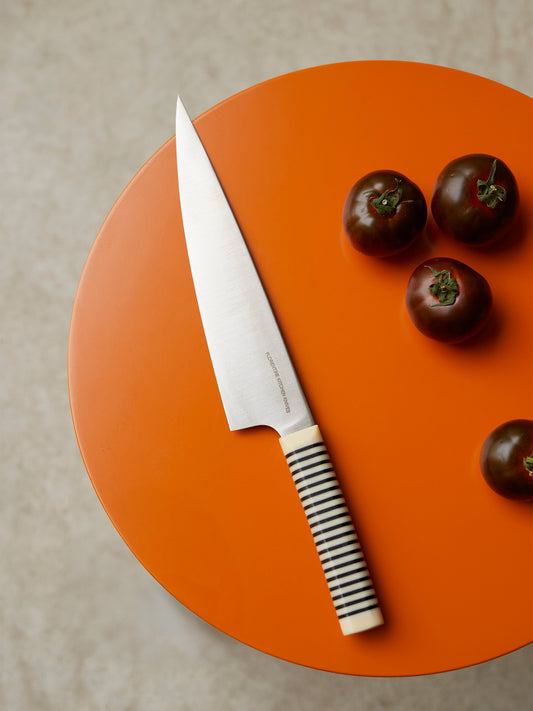
A versatile and essential kitchen tool with a narrow blade, typically ranging from 100 mm to 200mm in length, or approximately 4 inches to 8 inches. Their compact size provides a good balance between precision and versatility, making them suitable for a wide range of cutting tasks in the kitchen such as slicing, trimming and portioning meat.
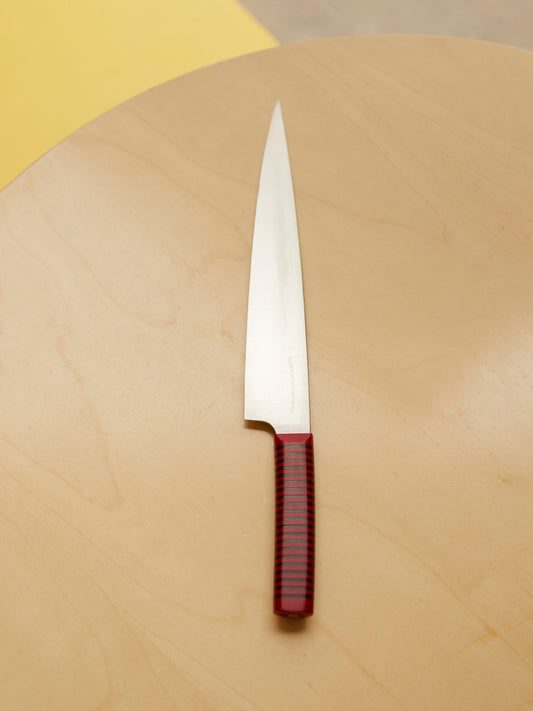
A versatile Japanese kitchen knife with a relatively short blade, typically ranging from 160 mm to 180 mm in length, or approximately 6.5 inches to 7 inches. The word "Santoku" translates to "three virtues" or "three uses" in Japanese, referring to the knife's ability to handle three essential kitchen tasks: slicing, dicing, and mincing. The flat blade profile also provides ample surface area for transferring chopped ingredients from the cutting board to the pan.
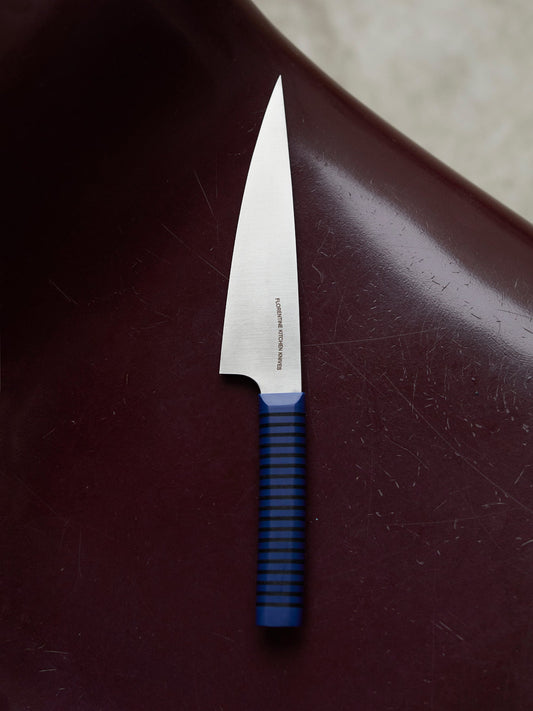
A versatile medium sized kitchen knife with a blade typically ranging from 120 mm to 180 mm in length, or approximately 4.5 inches to 7 inches. Smaller and lighter than chef knives, they are ideal for precision tasks such as peeling, slicing, and intricate cutting work.
Petty Knife
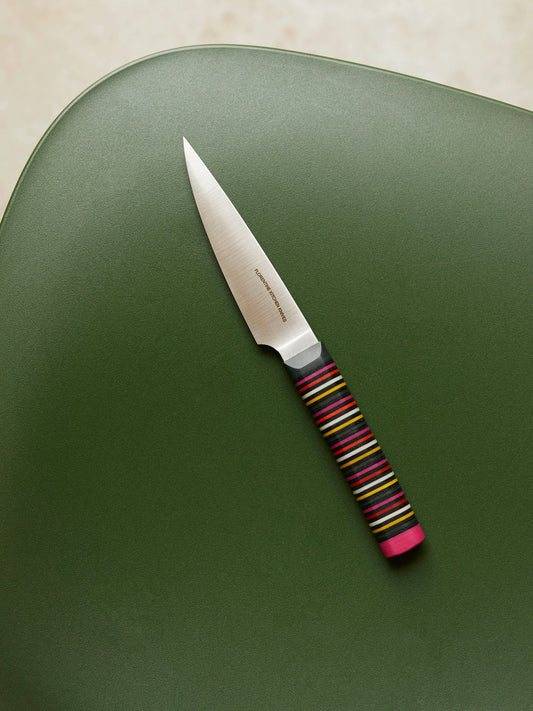
A small, versatile kitchen knife with a narrow blade, typically ranging from 75 mm to 120 mm in length, or approximately 3 inches to 4 inches. This compact size allows for precise control and manoeuvrability, ideal for delicate tasks such as peeling, trimming and creating decorative garnishes.
Paring
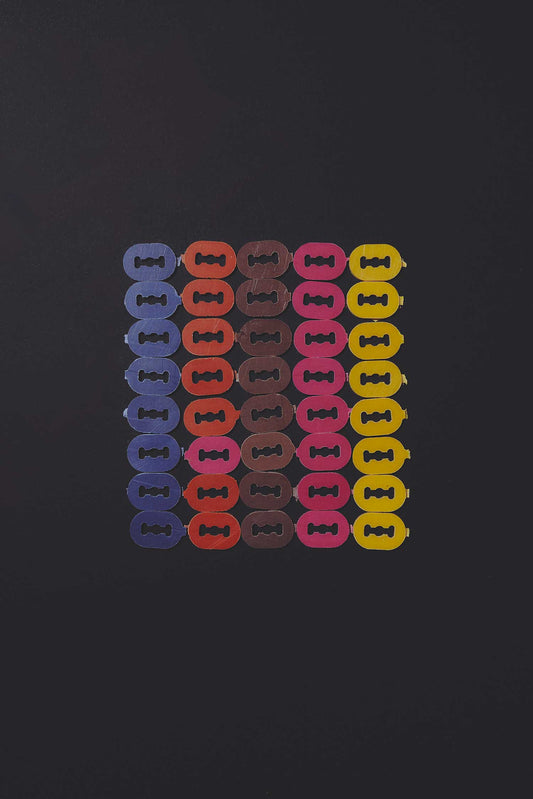
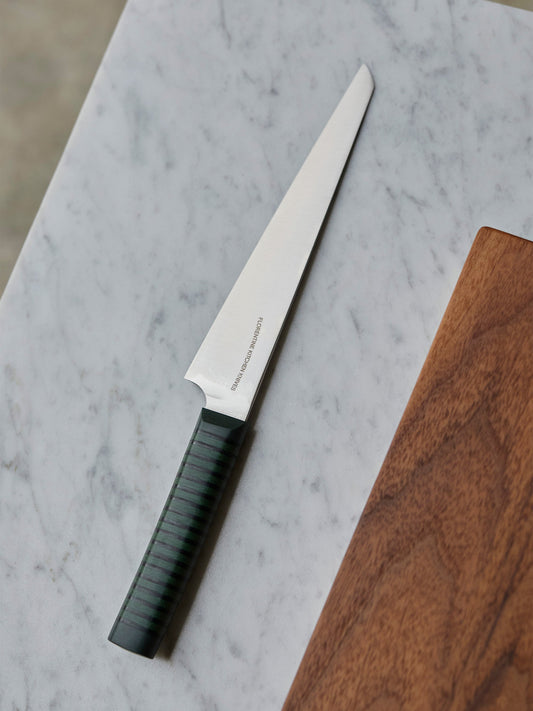
Typically ranges from 152 mm to 305 mm in length (or approximately 6 inches to 12 inches). This size allows for precise filleting of fish and other delicate tasks, while the flexibility of the blade enables easy manoeuvring around bones and joints.
Refers to the design of a knife handle to provide comfort and reduce fatigue during use.
The edge of a knife typically ranges in thickness from 0.15 mm to 1.5 mm (or approximately 0.005 inches to 0.06 inches). This measurement can vary depending on the type of knife and its intended use. A thinner edge is often preferred for precise slicing and delicate tasks, while a thicker edge provides durability and resilience for heavy-duty cutting.
Known for its sharpness and ability to retain its edge, carbon steel requires regular maintenance to prevent corrosion.
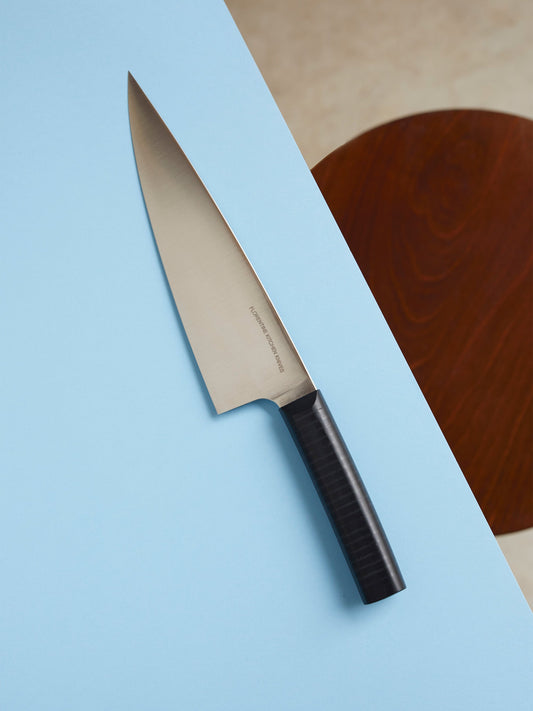
A versatile and multipurpose kitchen knife with a broad, tapered blade typically ranging from 6 to 12 inches in length. Also known as a cook's knife or French knife, the chef's knife is an essential tool for professional chefs and home cooks alike. It features a curved blade profile that facilitates rocking motions for chopping, slicing, and mincing.
Chef
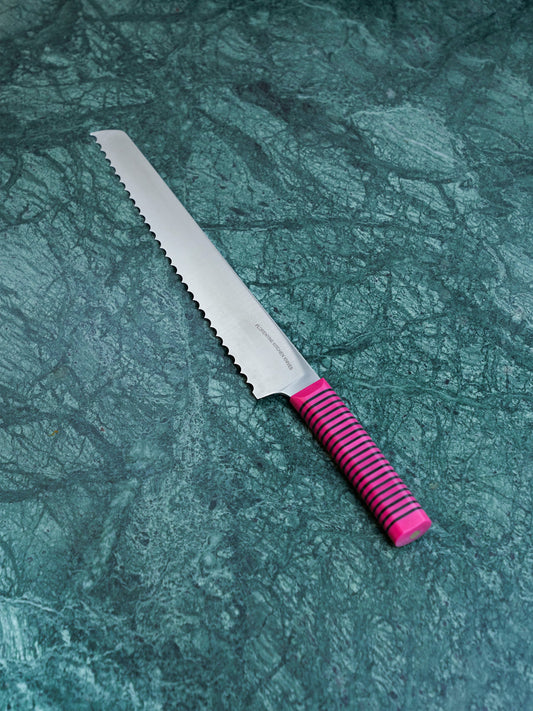
A bread knife typically ranges from 203 mm to 254 mm in length, or approximately 8 inches to 10 inches. This size provides enough length to slice through loaves of bread with ease, while the serrated edge helps to grip and cut through the crust without crushing the soft interior.
A boning knife usually ranges from 127 mm to 178 mm in length, or approximately 5 inches to 7 inches. This size allows for precise manoeuvring around bones and joints when deboning meat, poultry, or fish.
A high-carbon steel commonly used in knife making. It is highly valued by knife makers and enthusiasts for its superior cutting performance and affordability due to its excellent edge retention and ease of sharpening. XC75 is a non-stainless steel, meaning it is susceptible to corrosion if not well maintained. It requires drying thoroughly after each use and oiling before longer periods of storage.
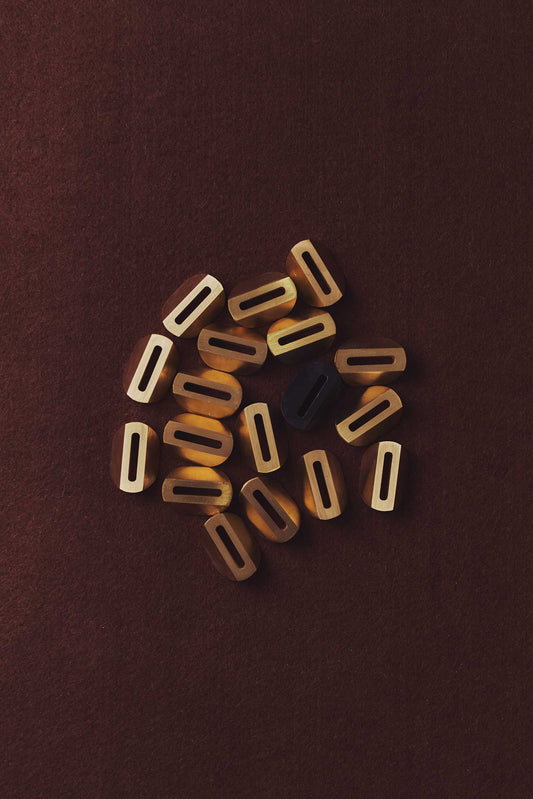
A thick junction between the handle and the blade of a knife, often made of metal, providing balance, stability, and protection for the fingers during cutting tasks.

